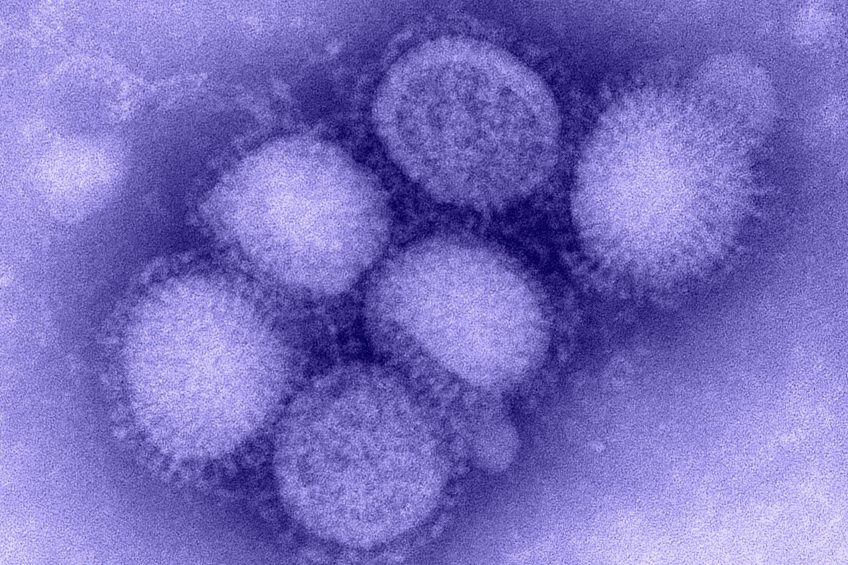How does Swine Influenza A (H6N6) virus transmit?

Researchers from both the United States and China have, in a joint effort, classified a newly emerged strain of influenza, which also infects pigs sporadically. Their conclusion: it’s a moderate risk – but let’s stay vigilant.
The scientists, working for a variety of research institutes and universities in both countries, add to that message that the virus’ ‘evolution and spread should be closely monitored’. The paper appeared in Nature in April 2017.
Pigs as mixing vessels of swine influenza
The nature of their research is related to swine being known as a ‘mixing vessel’ of influenza viruses, the researchers wrote. It is known that isolates of the type H1N1 and H3N2 can cause disease in pigs – the H referring to haemaglutinating antigens and the N referring to neuramidase antigen, as described in the Swine Influenza (SI) chapter in the Pig Progress Health Tool.
In 2010, however, the researchers wrote that a H6N6 virus emerged in southern China, which since then has caused sporadic infections among swine.
Promiscuous nature of H6 AI viruses
The researchers wrote: “Together, the demonstrated promiscuous nature of H6 Avian Influenza viruses, their prevalence in southern China, and the case of H6N1 virus infection in a human in southern China raise concerns that the H6N6 SIV emerging in that area’s swine population could become or contribute to an enzootic influenza strain causing human infections.
“Such a transition could occur through the commonplace evolutionary events in influenza viruses, such as acquisition of adapted mutations or entire gene segments from currently co-circulating SIVs.”
Transmissibility and pathogenicity of SIV H6N6
The researchers analysed and classified the virus in more detail and would also like to know more about the transmissibility and pathogenicity of this type of virus. They therefore tested 2 isolates of the virus on ferrets, using methods of direct contact and inhalation of infectious aerosolised droplets.
On the basis of trials in ferrets, the researchers concluded: “The internal genes of the influenza A(H1N1)pdm09 virus, which is prevalent in swine worldwide, increases the replication efficiency of H6N6 IAV in the lower respiratory tract of ferrets but not its transmissibility between ferrets.
Virus could involve into a more transmissible H6 virus
Nevertheless, and referring to the known reputation as pigs as ‘mixing vessels’, the researchers warn that “the virus could evolve into a more transmissible H6 virus through additional adaptation and reassortment”.
The scientists therefore conclude by saying: “These findings suggest H6N6 swine IAV (SIV) currently poses a moderate risk to public health, but its evolution and spread should be closely monitored.”
The research paper
was written by Hailiang Sun, Minhui Guan, Jianqiang Ye, Li-Ping Long, Sherry Blackmon, Chun-Kai Yang, Nan Zhao, Xiu-Feng Wan and Jim Cooley, Mississippi State University, MS, USA; Bryan S. Kaplan and Richard Webby, St Jude Children’s Research Hospital, Memphis, TN, USA; Guihong Zhang and Ming Liao, South China Agricultural University, Guangzhou, China; Meng-Jung Chiang and Hang Xie, United States Food and Drug Administration, Silver Spring, MD, USA; David F. Smith, Emory University, Atlanta, GA, USA; Carol Cardona, University of Minnesota, St Paul, MN, USA; Lei Li and George Peng Wang, Georgia State University, Atlanta, GA, USA.











